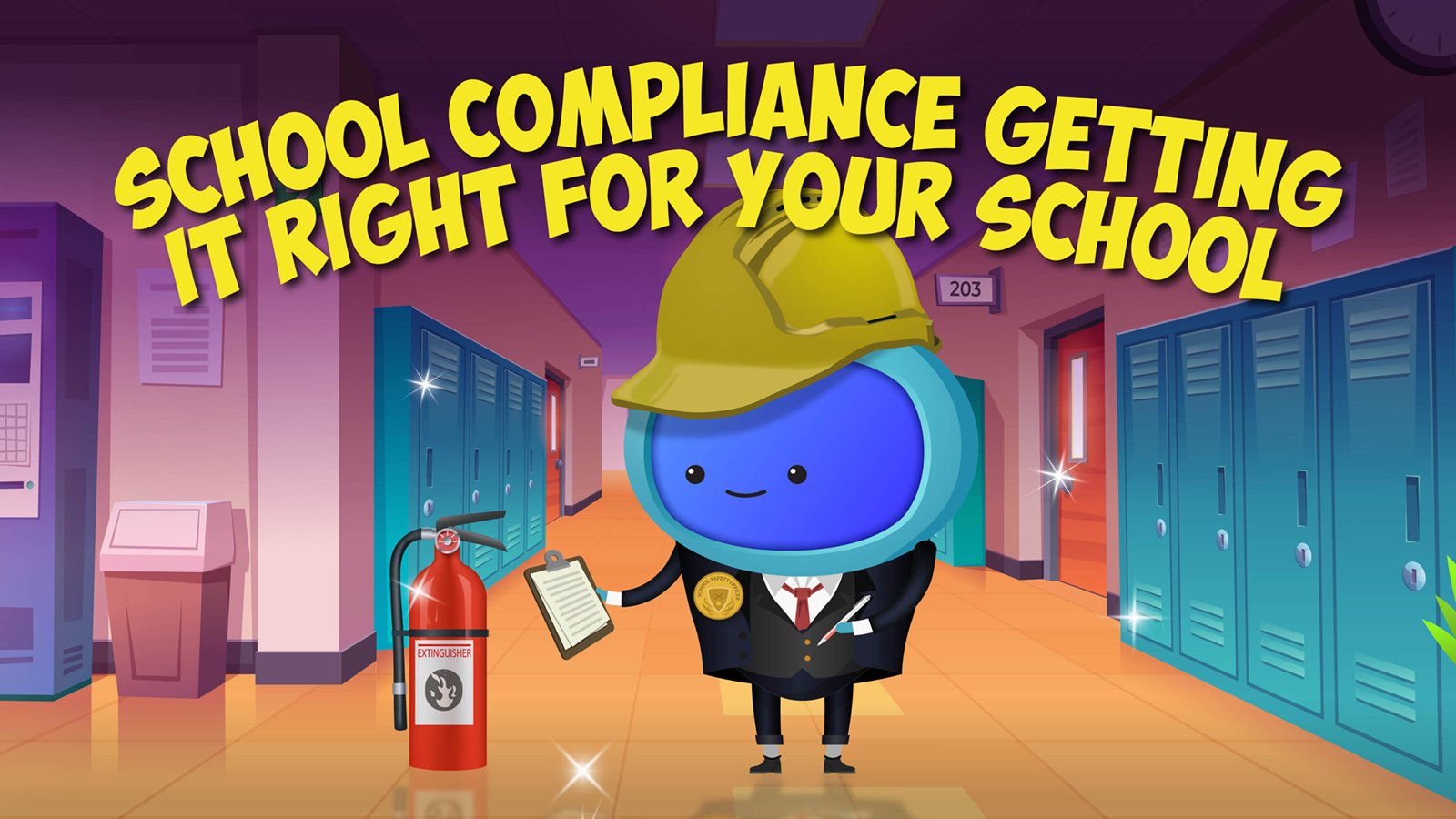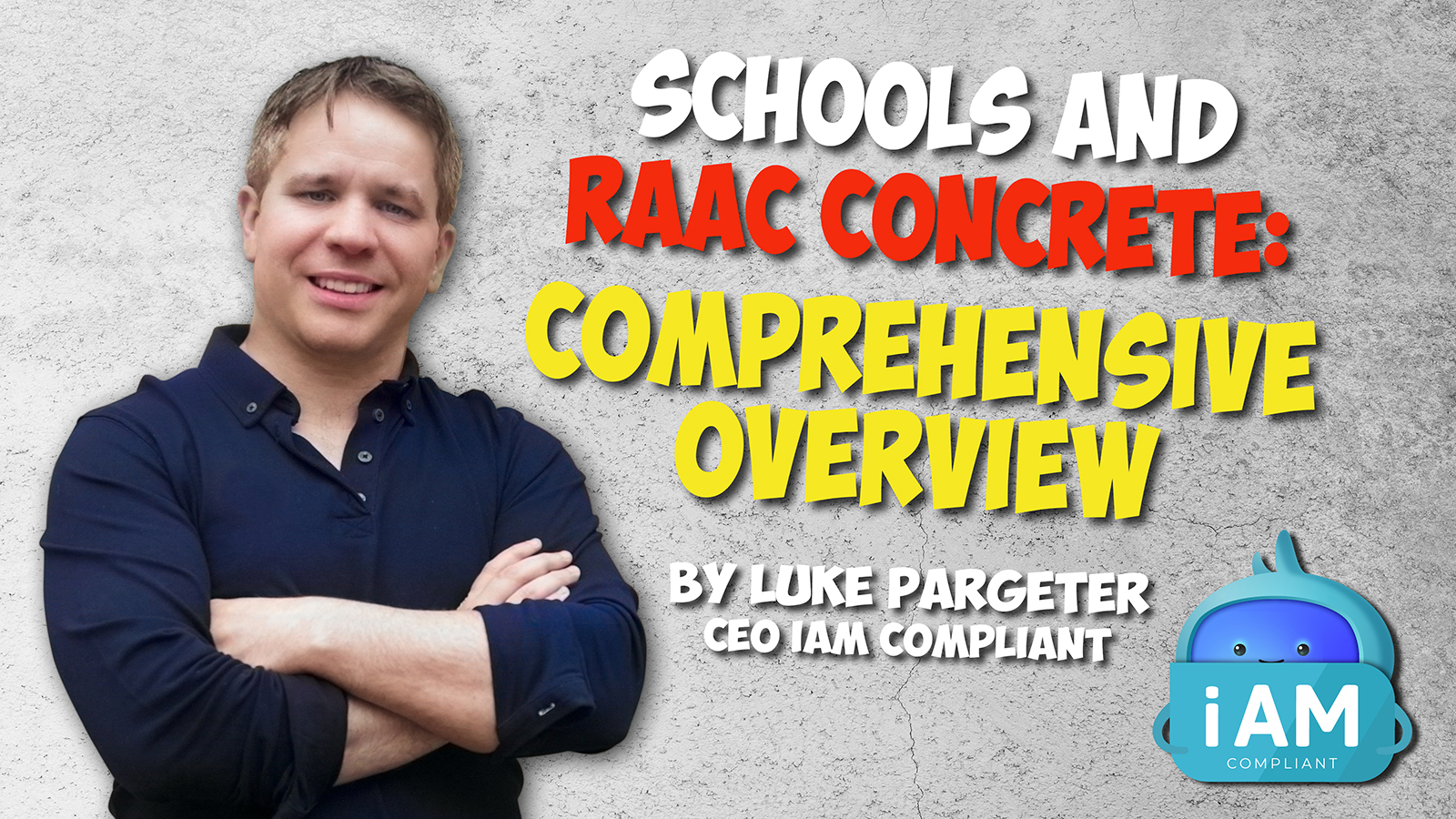
As a School Governor, Headteacher, or School Business Manager, you’ve got a big responsibility to ensure your school complies with the various laws and regulations in the UK. The thing is, you probably aren't a lawyer or natural policymaker. So how can you be sure your school's policies and procedures meet the legal requirements that all other schools must meet? Getting school compliance management right is vital to keep your students and staff safe and avoid potentially costly legal issues. This blog offers guidance on building a compliant health and safety policy for your school.
Which Health and Safety Laws Apply in Schools?
Let’s start off simply – you can’t create a policy without knowing exactly what laws need to be complied with. There are several key health and safety laws that your school or MAT must adhere to currently. These include:
- The Health and Safety at Work Act 1974 - This requires schools to ensure the health, safety and welfare of staff, students, and visitors. General duties include providing safe equipment, ensuring safe handling and use of substances, information/training for staff, and maintaining a safe working environment.
- The Management of Health and Safety at Work Regulations 1999 - These regulations require schools to carry out risk assessments, have access to health and safety competence (via training or advice), have procedures to deal with serious risks, cooperate with others on health and safety, and more.
- The Workplace (Health, Safety and Welfare) Regulations 1992 - These regulations cover things like ventilation, lighting, cleanliness, room dimensions, workstation setups, and more. Schools need to meet specific standards for facilities and the working environment.
- The Regulatory Reform (Fire Safety) Order 2005 - Schools must take general fire precautions to ensure the safety of occupants, including measures like emergency lighting, exit signs, fire drills, fire risk assessments and more.
Who is Responsible for Health and Safety in Schools?
Next, we need to establish responsibilities. While everyone plays a role in health and safety, the ultimate responsibility lies with the employer. For community schools, the employer is the local authority. For foundation or voluntary-aided schools, it's the governing body. Responsibility can be delegated to staff like the headteacher, who must in turn delegate duties to other staff. However, accountability rests with the employer. Advisors like health and safety consultants can provide expertise – worth budgeting for if you’re unsure.
What Should Your Health and Safety Policy Cover?
A good health and safety policy outlines the school's procedures and organisational structure for implementing health and safety. Key areas to cover include:
- A health and safety policy statement outlining objectives and commitment.
- Organisational responsibilities - who does what regarding health and safety.
- Arrangements for risk assessments, First Aid, fire safety, emergency procedures, accident reporting, training etc. Compliance management software can help with this.
- Information about specific risks, hazards and control measures in place such as implementation of comprehensive school buildings & monitoring programs to maintain safety.
- Details on monitoring, auditing and reviewing the policy to keep it up to date.
Creating a Health and Safety Policy for Your School
Finally, it’s time to create your health and safety policy. Follow these key steps:
- Consult with staff and advisors when developing the policy. Their input is key.
- Assign organisational responsibilities and detailed procedures. A competency framework may help establish who is suited to which role.
- Identify risks via risk assessments and determine precautions.
- Draft the policy and have it approved by senior management.
- Communicate the policy to all staff and provide the necessary training.
- Implement the policy fully and monitor/review it regularly.
- Update it when procedures, regulations or situations change.
By investing time in developing a comprehensive health and safety policy for your school, you can help ensure compliance with the law and promote well-being for students and staff alike. Be sure to reach out to advisors if you need guidance getting policies right. Staying legally compliant is essential for every UK school, but it’s more than a box-ticking exercise – a solid compliance policy will help to keep everyone in your school or MAT alive and well.
Find out more about iAM Compliant
Want to learn more about how iAM Compliant can help you with compliance and estates management in your school or multi-academy trust? Discover how our award-winning compliance and estates management tools works by taking a FREE 30-day trial to try it for yourself or book a demo with the team and we'll be happy to talk you through it!


